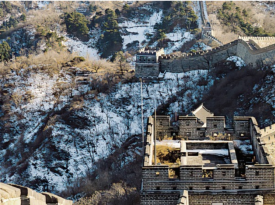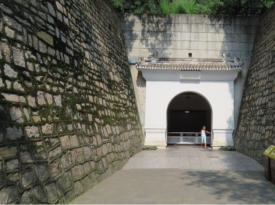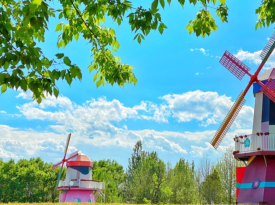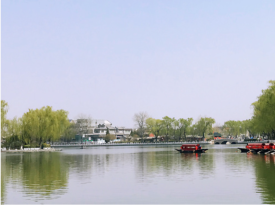The Working People's Cultural Palace in Beijing is located on the east side of Tian'anmen. Its predecessor was the Imperial Ancestral Temple where emperors of the Ming and Qing dynasties offered sacrifices to their ancestors. It is an ancient palace complex with profound historical and cultural deposits.
The overall architecture of the cultural palace is magnificent, with red walls and yellow tiles, resplendent and magnificent, following the traditional symmetrical layout of the central axis. The main buildings include the Front Hall, the Middle Hall and the Back Hall. These buildings are solemn and majestic, and the architectural details such as the dou - gong and the flying eaves are delicate and ingenious. The Front Hall is the main building of the cultural palace, with a grand scale, and its architectural style reflects the majesty of ancient imperial architecture.
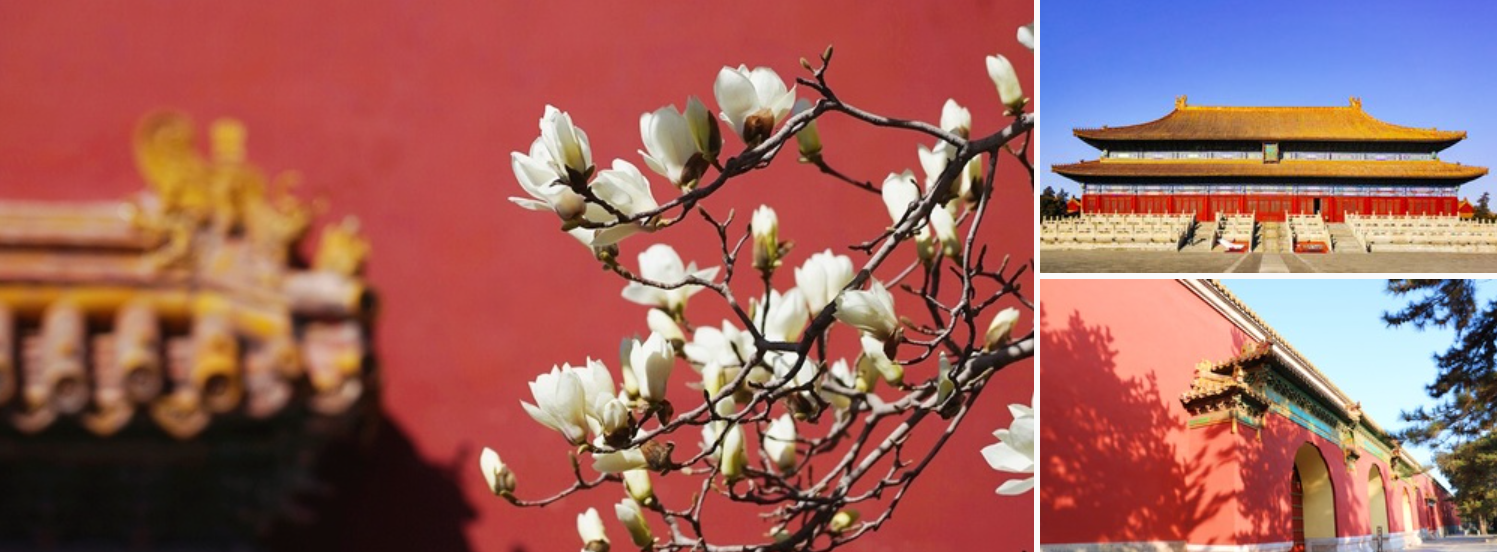
The ancient cypress trees in the park reach the sky and are lush. These ancient trees have witnessed the changes of the years and added a sense of tranquility and solemnity to the whole place. Among the buildings and ancient trees, there are also some open squares and quiet courtyards.
As a cultural palace for the working people, various cultural activities are often held here. For example, there are colorful art exhibitions where people can appreciate various art works such as paintings, calligraphy and sculptures. There are also traditional folk activities such as the Spring Festival Temple Fair. People can experience folk - flavored items such as dragon and lion dances and folk handicraft - making and feel the charm of traditional culture. At the same time, it is also a good place for citizens to have leisure and entertainment. People can stroll under the ancient trees, take a rest in the square and enjoy the quiet atmosphere. It plays an important role in inheriting historical and cultural traditions and enriching the people's cultural life. It is a model of the combination of ancient palace architecture and modern cultural activities, carrying historical memories and exuding the vitality of the new era.


